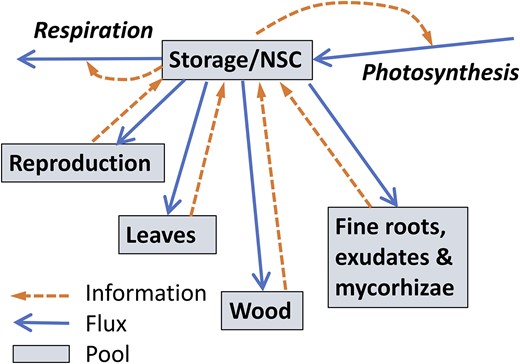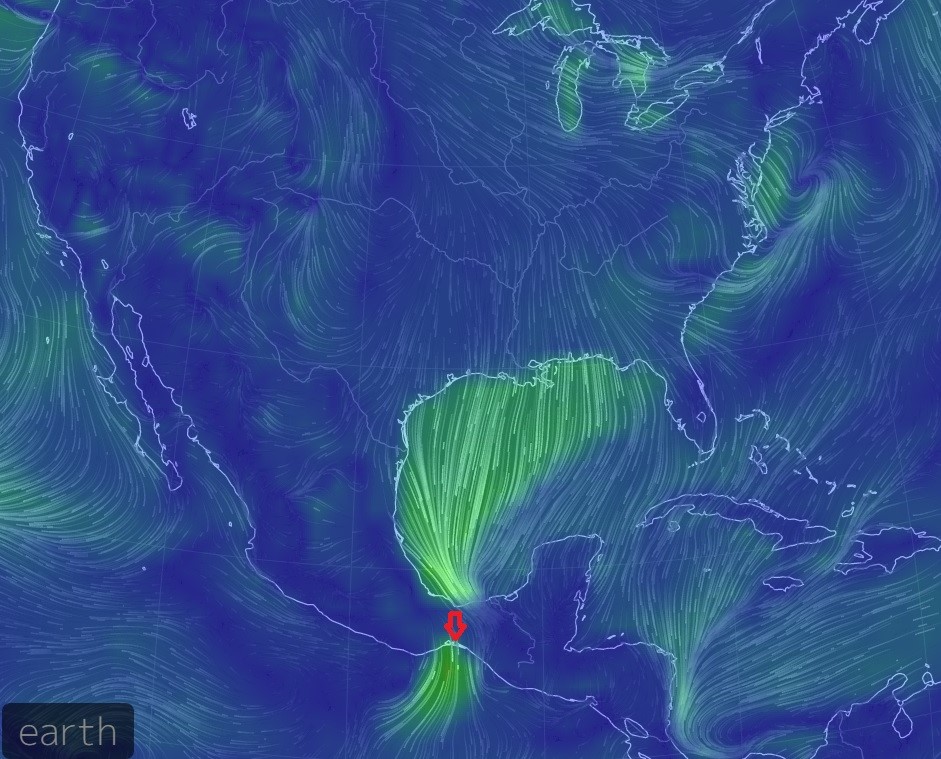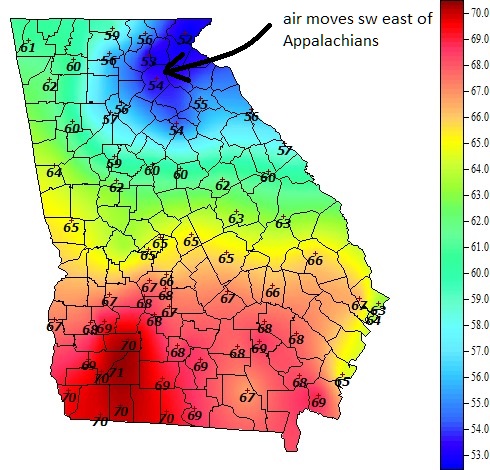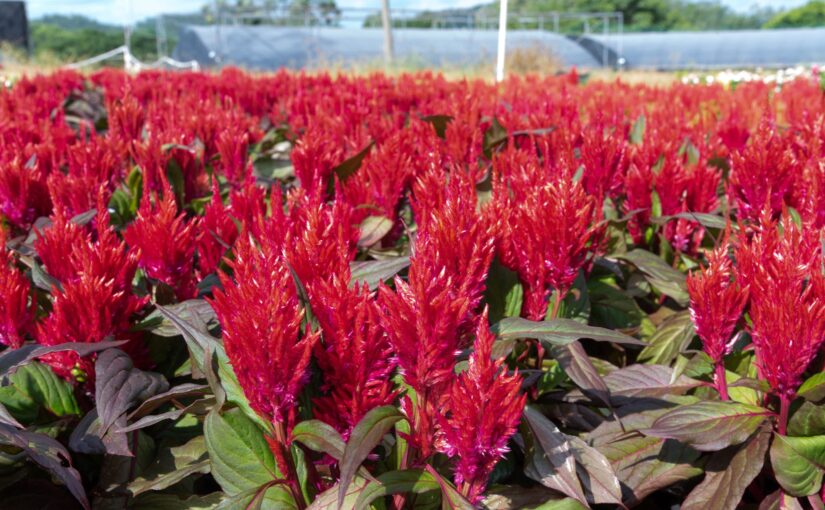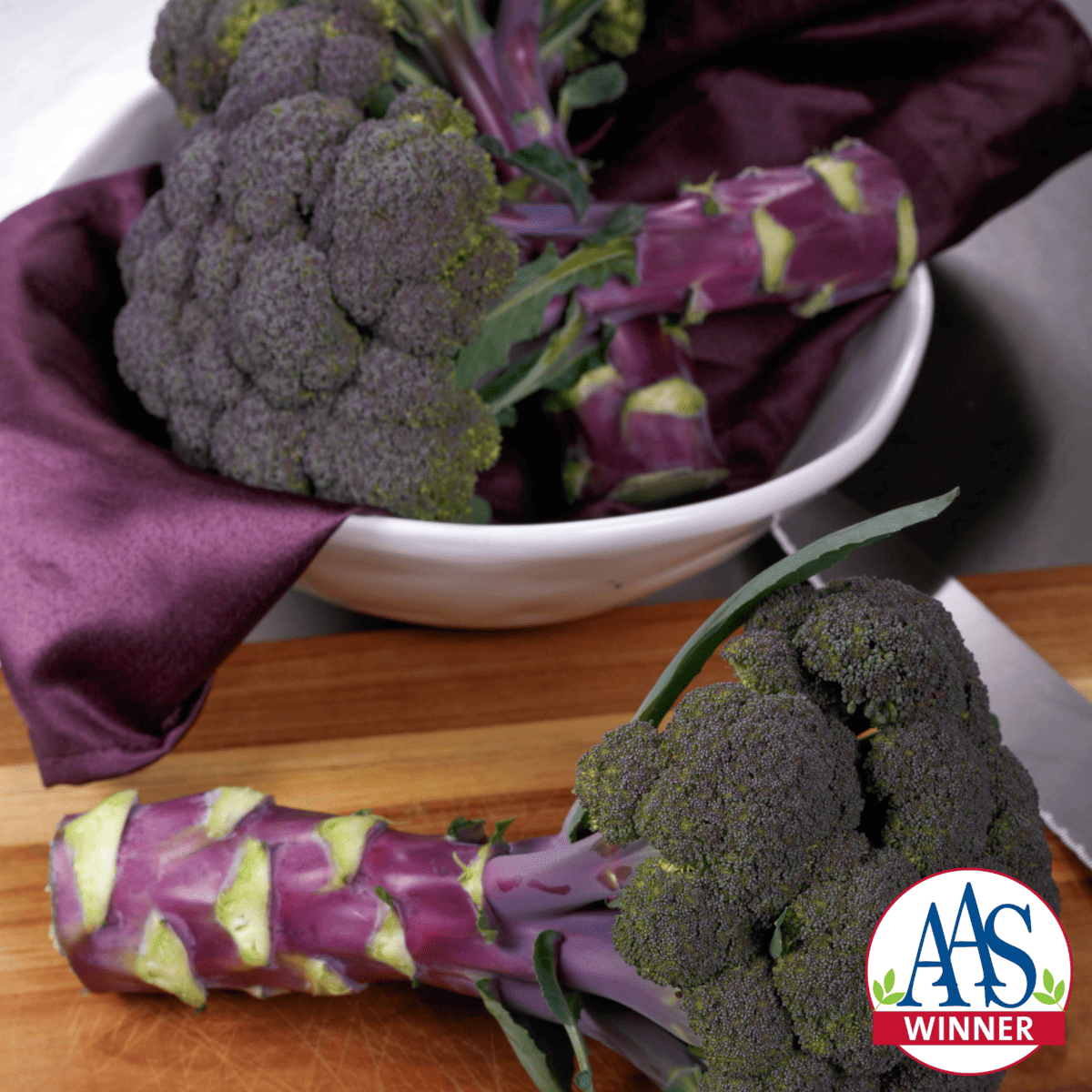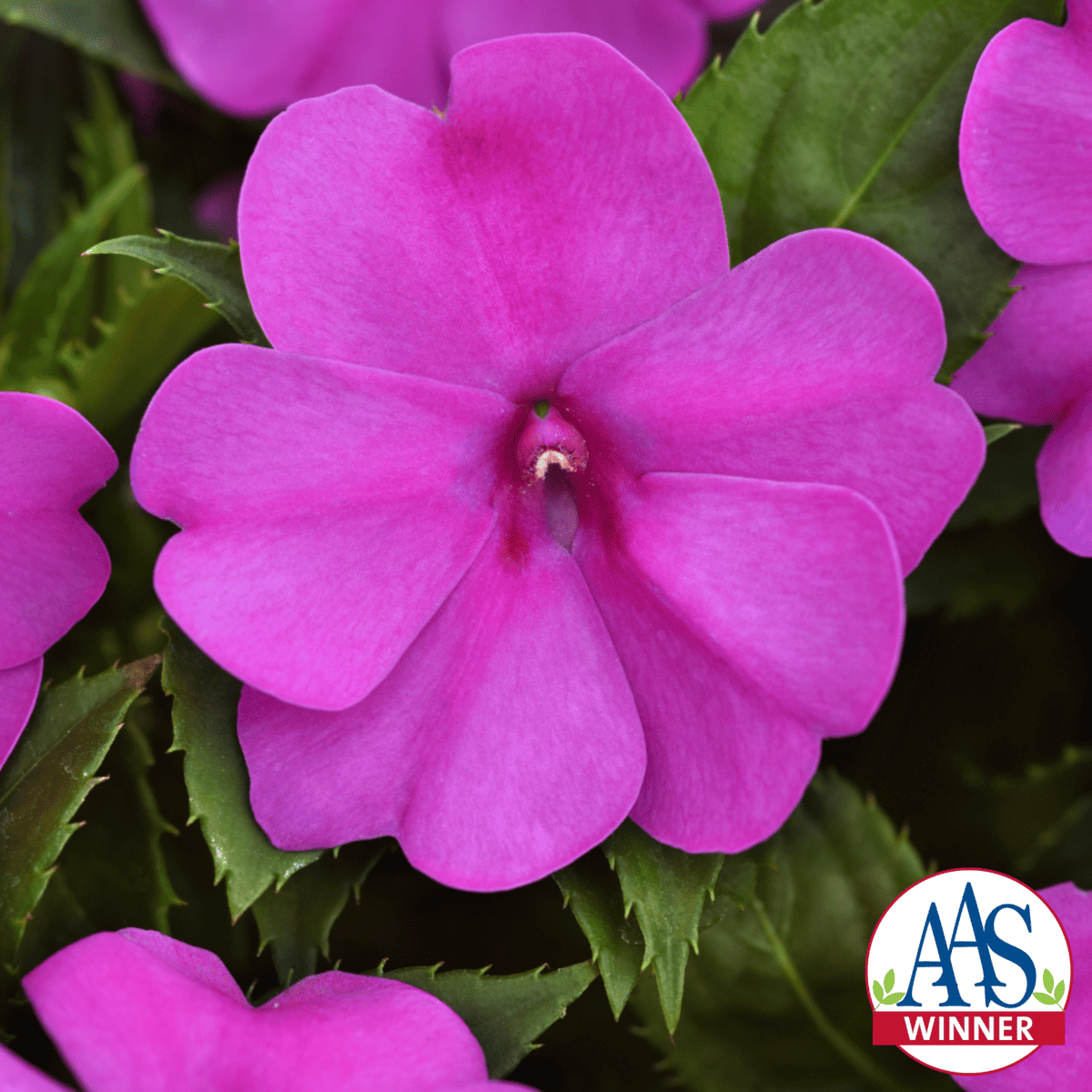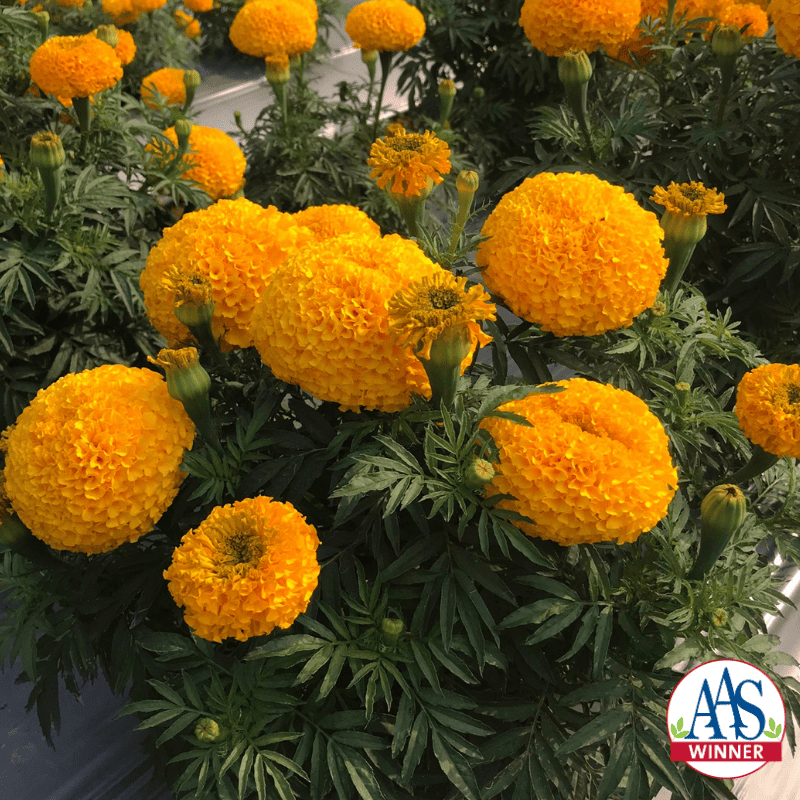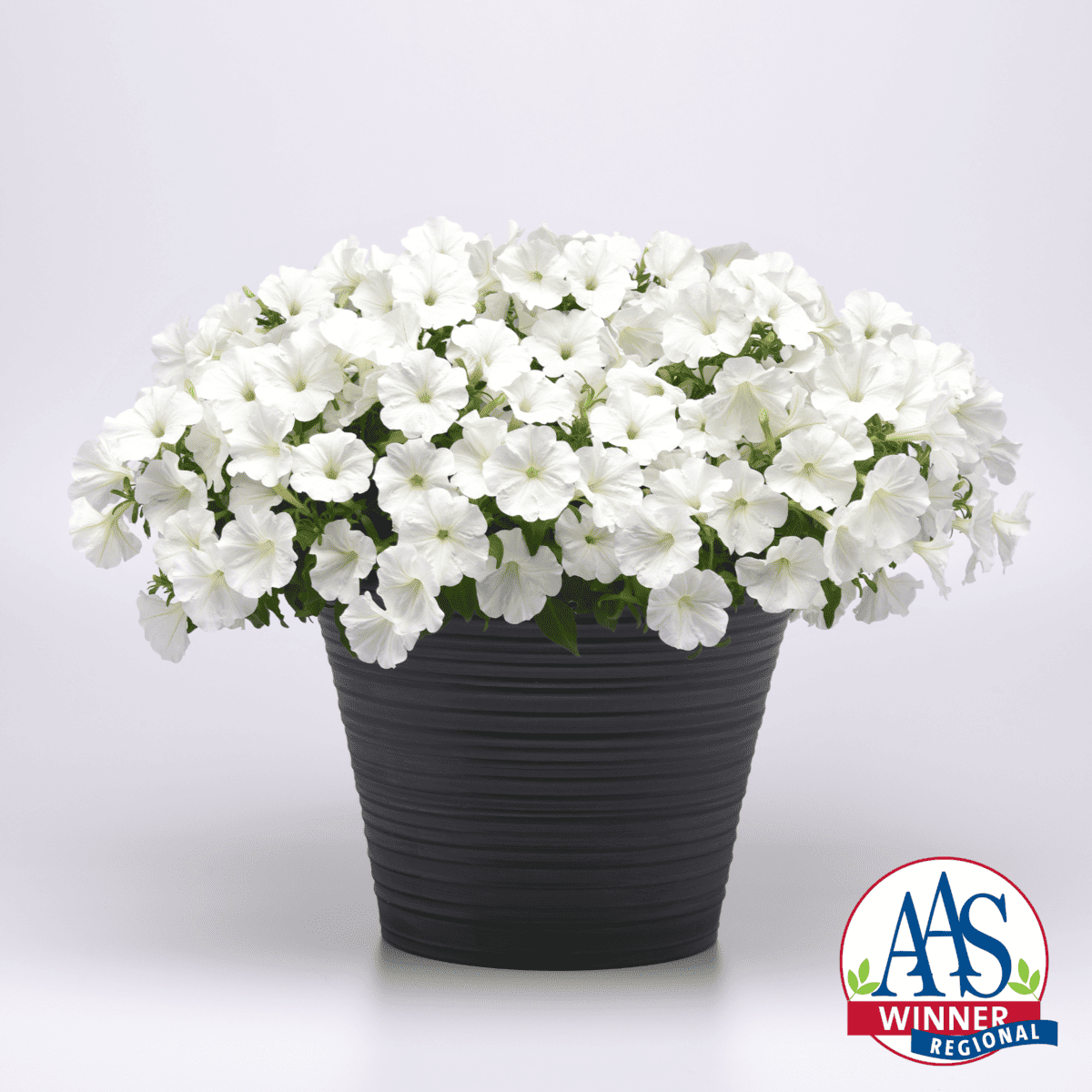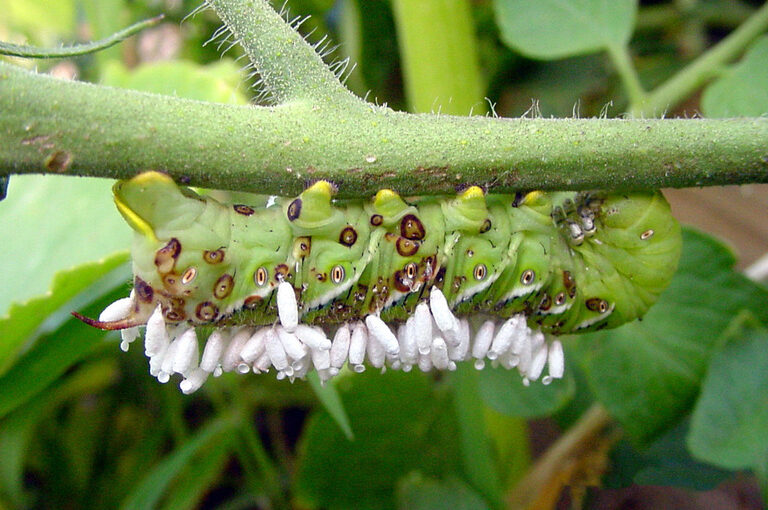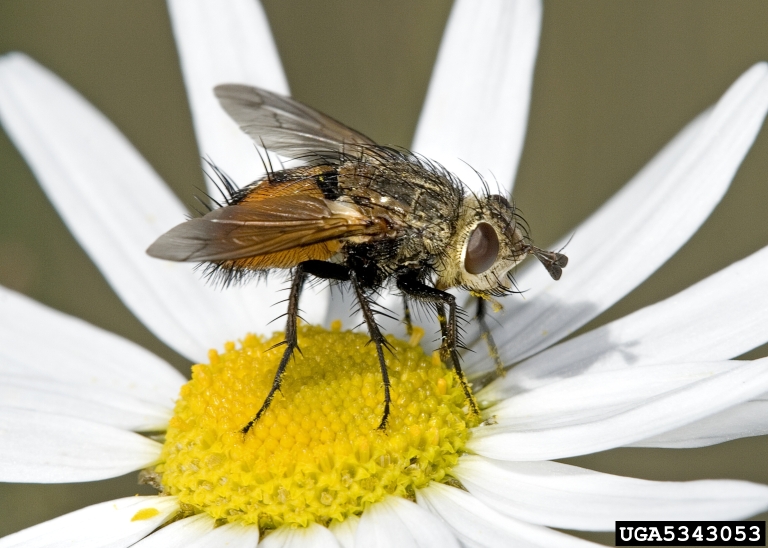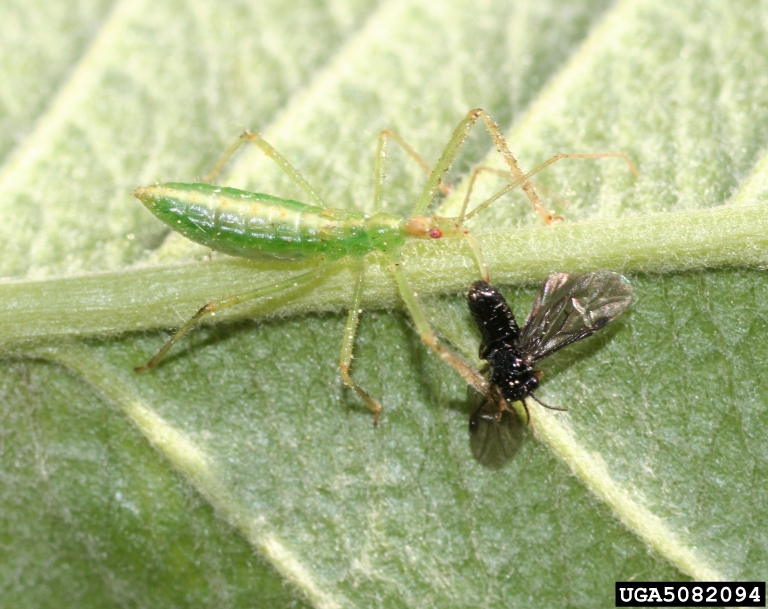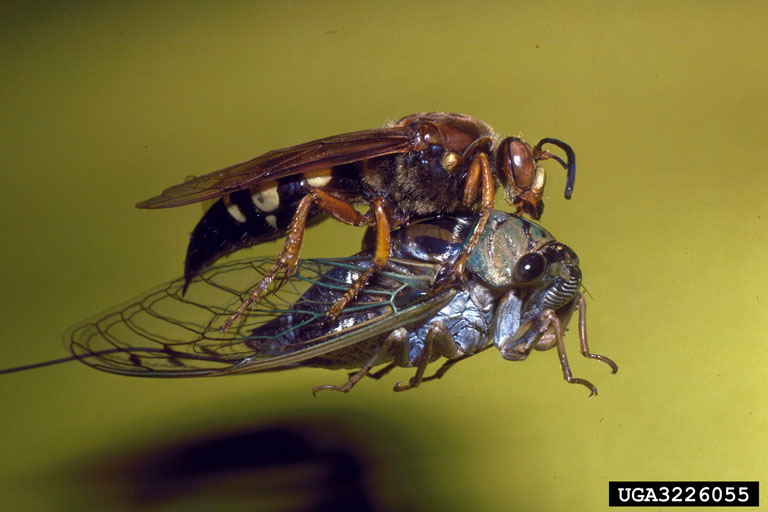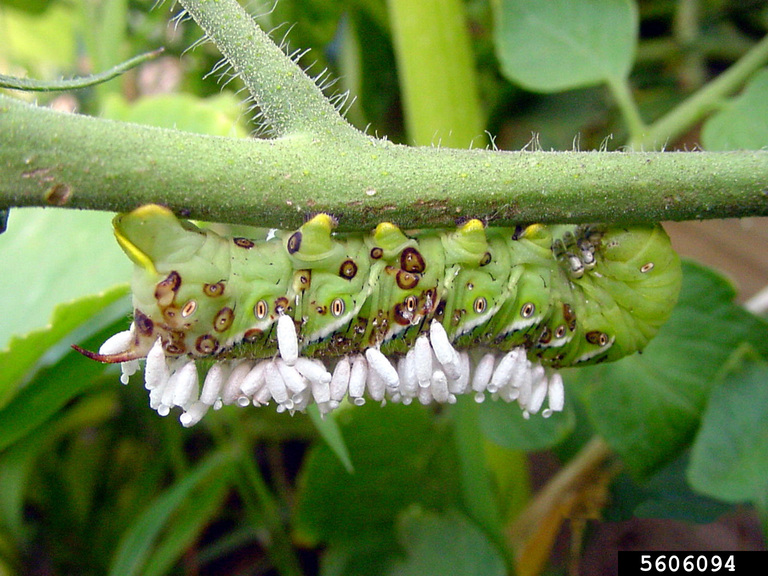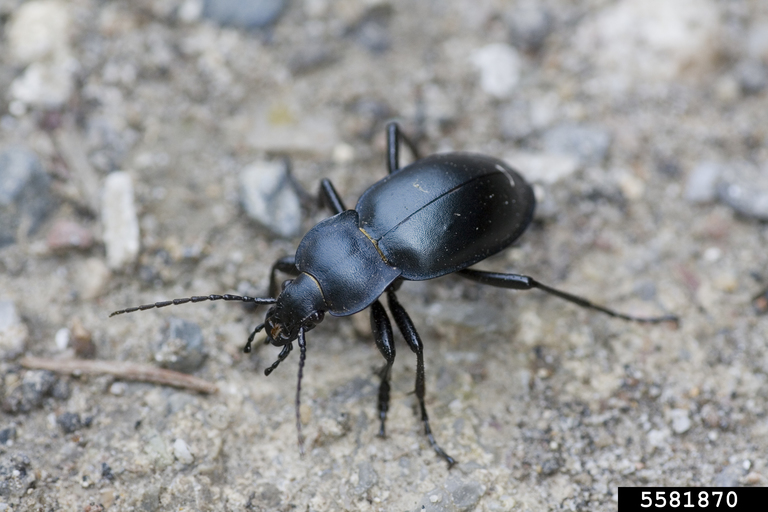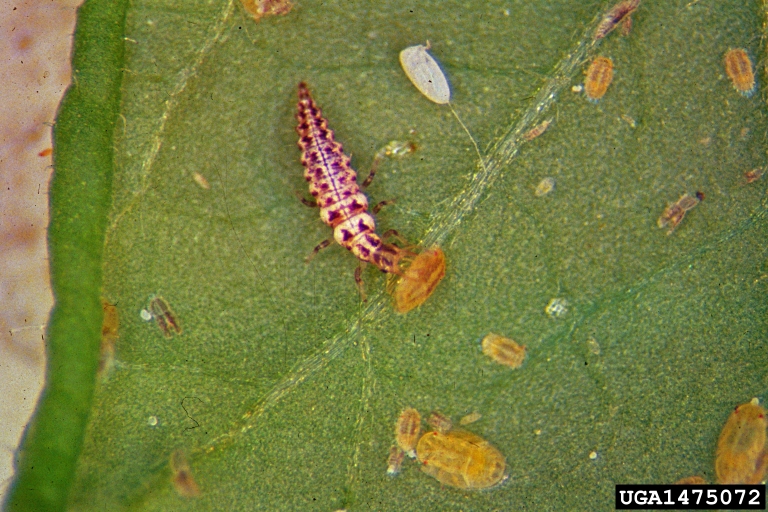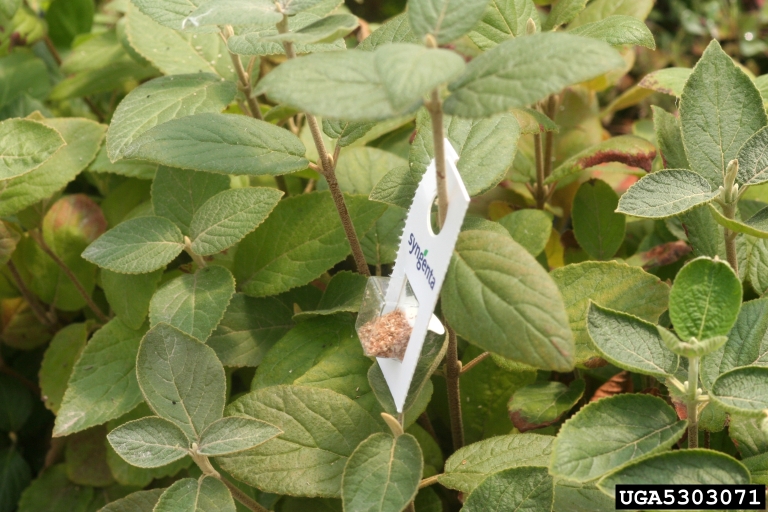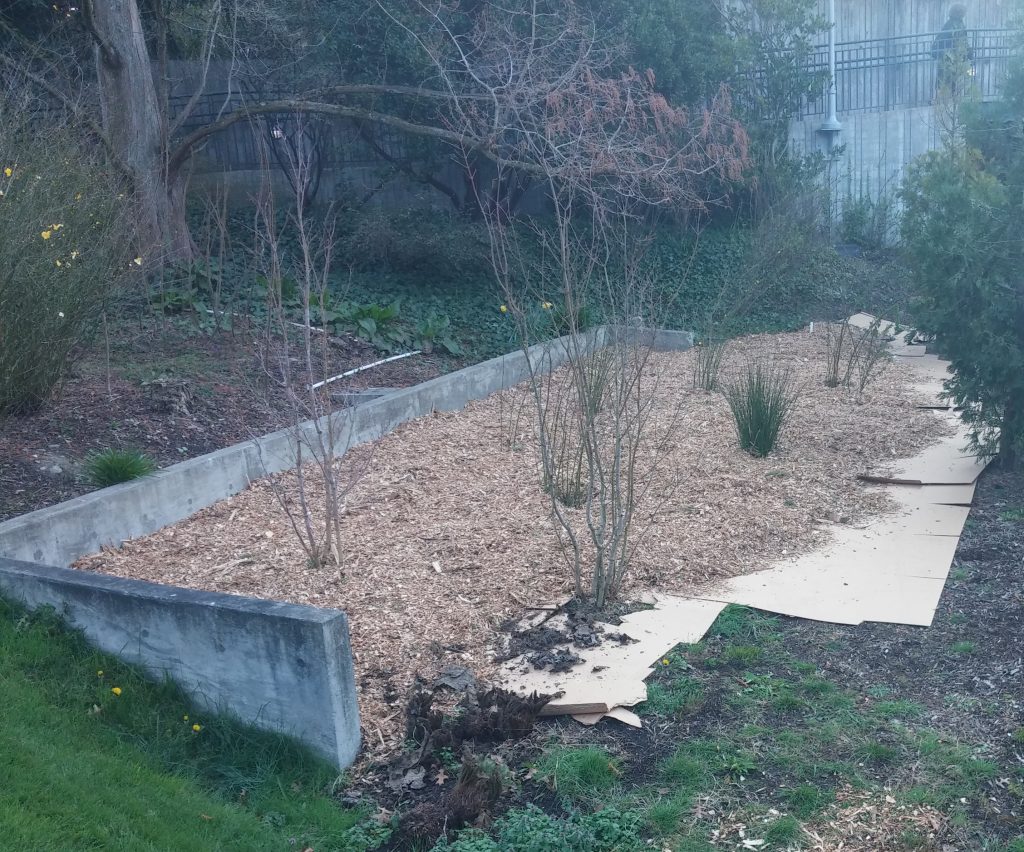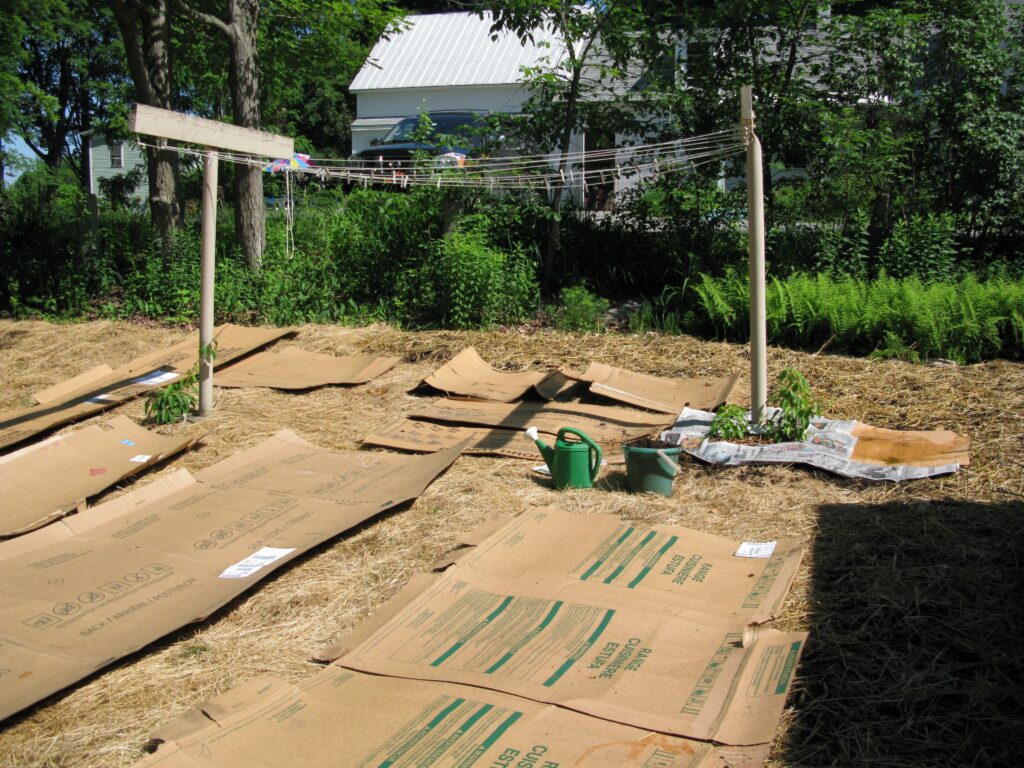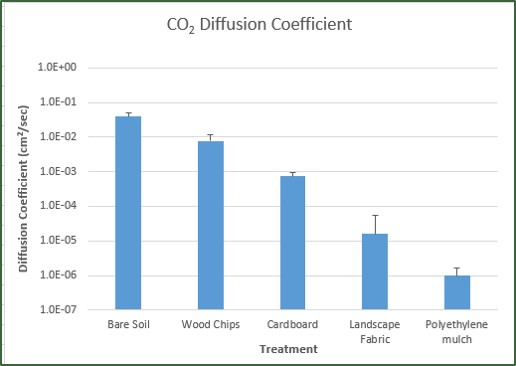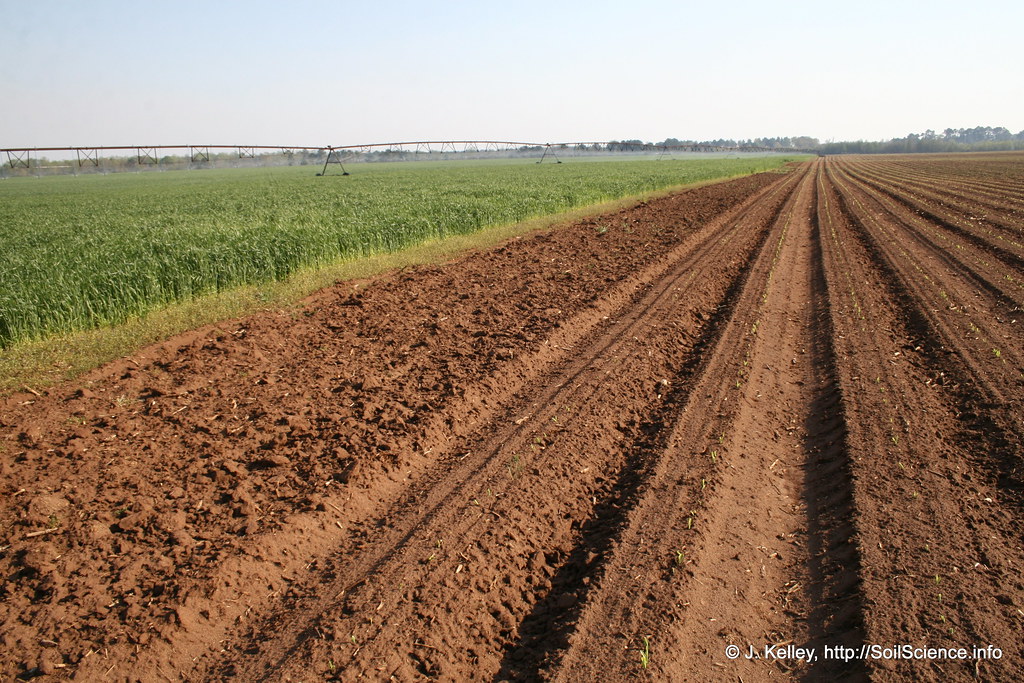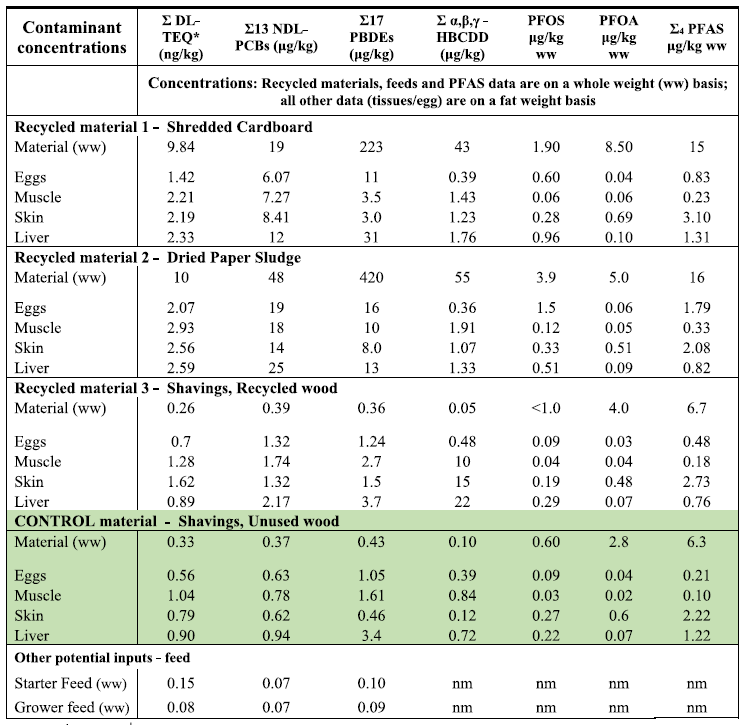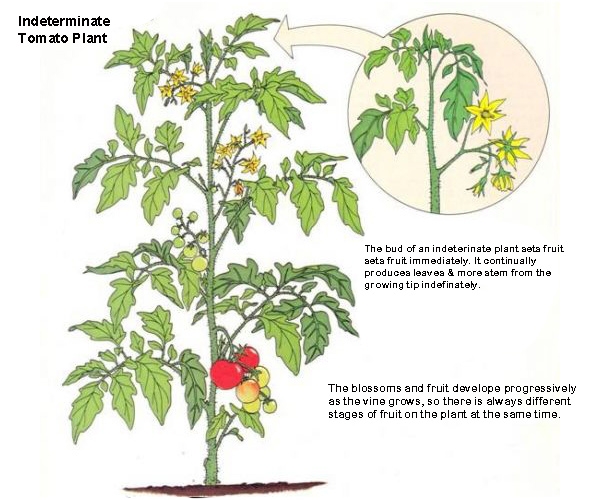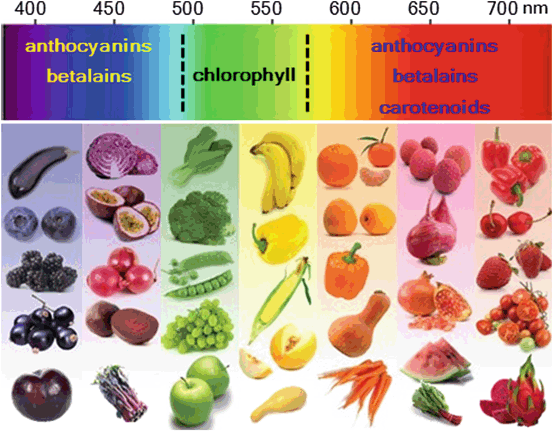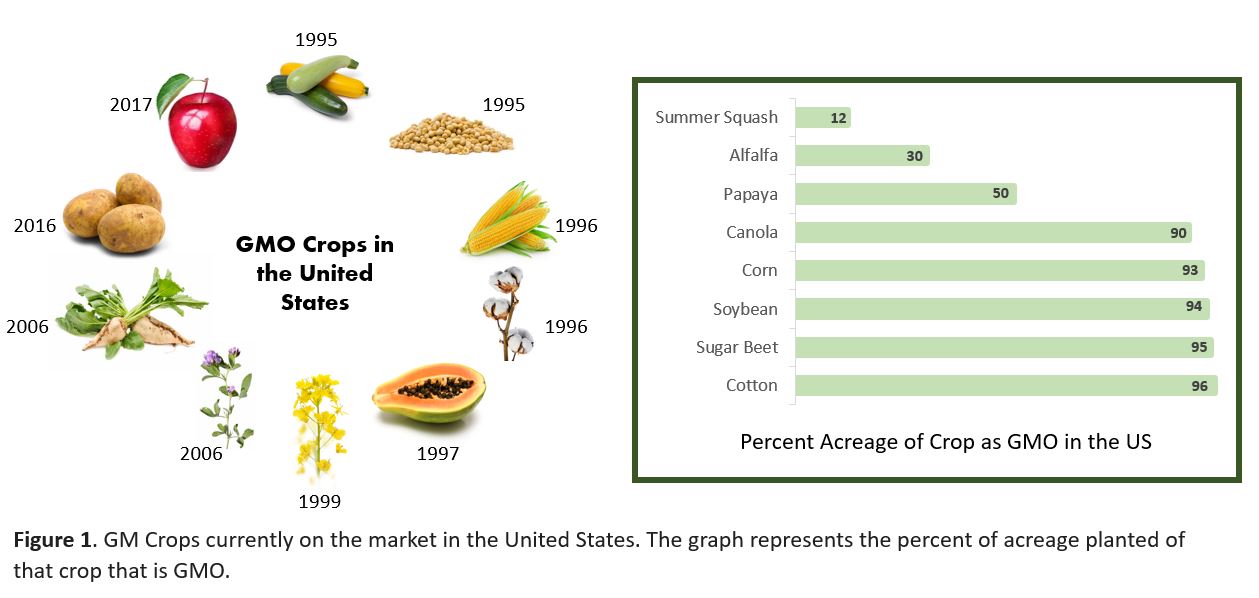As I write this, about half of the lower 48 United States has passed the median date of the last freeze according to the National Centers for Environmental Information. Here in the Southeast, we are well into the planting season even though our usually early planting for crops like corn was delayed due to very wet soil. The rest of you may have to wait for a few more weeks before you can put any heat-loving plants into the ground. As we enter the growing season for the majority of the country I thought it might be helpful to take an updated look at what we expect this summer and fall to give you an idea of what conditions you might experience.

What factors will control the climate this summer?
In the Southeast most gardeners say that you should not plant summer crops and flowers until after Easter, although since Easter has a variable date that can sometimes be a problem when it is unusually early. In western Michigan where I grew up my grandmother always told me to wait until after Memorial Day. What rule of thumb do you use? If you look at the map below, you can see why! Wherever you garden you need to know the specific weather and climate to expect in your location. That includes things like the plant hardiness zone, how much rain to expect, and the specific microclimates within your garden (especially if it is a large one). That will help you pick the plants and trees that will do best in your location.
Every year is unique in terms of what temperature and precipitation patterns occur, but in many parts of the country we can get some indications of what might occur due to large-scale climate patterns that are occurring across the world. Of course these also affect the weather in other places from Europe to Australia and points in between, but I am going to focus on the US in this post.

The biggest patterns that are going to be affecting the climate this summer include 1) rising temperatures due to greenhouse warming, 2) the predicted transition from a strong El Niño to a La Niña later this summer, and 3) unusual warmth in the Atlantic Ocean which will affect the development of tropical storms and hurricanes in this year’s Atlantic Tropical Season.
Impacts of greenhouse warming trend
As temperatures rises around the globe we can expect both daytime high temperatures and overnight low temperatures to increase in temperature. In most areas the minimum overnight temperatures are rising faster than the daytime highs. This is due to a combination of increased humidity caused by increases in evaporation and more water-holding capacity of the air and heat-trapping in urban areas due to pavement and buildings. You can determine trends in temperature and precipitation for your location using the “Climate at a Glance” tool for anywhere in the continental US, including maximum and minimum temperature. The increased humidity will increase the likelihood of fungal diseases in plants that are susceptible so you will want to watch carefully and be prepared to treat them. You should also watch for protracted hot, dry spells and increased water usage, which might require you to water more often. But keep in mind that while the average temperature might be warmer, there will still be ups and downs with the daily weather.

Impacts of El Niño swinging to La Niña
We are currently in a waning El Niño (EN) after experiencing a strong EN over the winter. The winter weather pattern showed a very clear EN pattern over most of the country (and other parts of the world for that matter) with unusual warmth and dry conditions in the northern US and wet, somewhat cooler, cloudier conditions in the southern part of the country although that was tempered by the long-term temperature trend upward. The current EN is expected to disappear rapidly over the next few months and swing to the opposite phase, La Niña (LN), by mid to late summer as shown below. I also discussed this back in February. This LN will likely control our weather for a good part of the rest of 2024 and into the spring of 2025.

How will this affect the growing season weather in the US? While the correlation between LN or EN and summer weather is less strong than the winter correlation, we do expect to see some lingering effects of EN for the next few months before LN kicks in. That means wetter conditions are likely to continue in the southeastern US for the next few months before dry and sunny conditions move in later this summer or fall. The timing of when that transition occurs depends on how quickly the transition from EN to LN occurs. It is changing right now, but it’s still too early to tell how soon it will affect our summer weather. In the northern US we will probably see more seasonal weather for the next few months but next winter is likely to be much colder and wetter than last year. Again, the transition should occur later this summer but could wait until late fall to really become apparent. Some areas like the Central Plains are not very predictable by the phase of EN or LN so we are less certain about what you will experience if you live there. You can see the lack of certainty in the May-July temperature map below.

The warm Atlantic and what we expect from the Atlantic tropics this year
Last year, we had 19 named storms plus three other unnamed storms that were close to tropical status. This is in spite of the El Niño, which usually suppresses development of tropical systems because of strong winds aloft that keep tropical storms from developing the vertical structure they need to grow. Most of those storms stayed over the Atlantic Ocean where the water temperatures have been at record-setting levels for over a year. They are still at record-setting levels now and are even hotter than last year at this time. This year with a La Niña there is not much to keep storms from developing so I expect to see more storms, especially in the western Atlantic and in the Gulf, where they are more likely to come onshore and do damage or drop a lot of rain along their paths. I have seen predictions of as many as 33 named storms this year, although that would be a record and climatologists don’t generally like to forecast record values. A more conservative value of mid-20s for named storms seems more likely, although this is still a lot more than we usually get. What you actually experience depends critically on the path that the storms take, which cannot be predicted until after the storms form. So you could get hit directly by strong winds and heavy rain or you could be in the area outside the path with clear skies, sinking air, and no rain at all.
No matter how many named storms we get, those of you who live in the eastern US where a hurricane or tropical storm (or their remnants, which can also carry flooding rain to places far away from the tropics) can travel should be watching carefully when the storms start popping later this spring or early summer. Conversely if you live in the western US, you may see less activity this year than last year since when LN is strong, the Eastern Pacific Ocean (EPO) storms have a harder time developing due to the colder ocean water in the EPO associated with LN. But with rising global temperatures we are in uncharted territory so surprises are always possible.
What NOAA’s Climate Prediction Center predicts
The combination of all of these factors (and other climate influences as well) is collected into NOAA’s Climate Prediction Center maps. I have shown the one for May through July 2024 below. It shows the likelihood of wet conditions in the Southeast and drier conditions out west associated with the lagging EN conditions. You can see maps for other time periods at Climate Prediction Center – Seasonal Outlook (noaa.gov).

For gardeners, if you are in the region where frost is still likely, you should hold off on planting tender vegetables and flowers at this point or at least start them inside. If you are in the southern reaches where frost is no longer likely then you can (and probably are already) plant the summer flowers and vegetables you are craving to set out, as long as no cold outbreaks are predicted. If you live in an area that is affected either directly by tropical storms and hurricanes or indirectly by heavy rains that remain after the storm has weakened now is a good time to clear out dead limbs and other potential flying debris, think about drainage in your gardens in case of heavy rain. Please make your hurricane plans in case one tracks over you (you can find one for Georgia at https://gacoast.uga.edu/wp-content/uploads/2020/08/ResidentsHandbook.pdf but most of the information there is relevant to large parts of the country). If you live in other parts of the country like the western states, you could see dry conditions and potential wildfires return to those areas so you should prepare for those conditions. By late fall, the La Niña should be well established and dry conditions are likely to occur in the southern tier of the US while cold and wet conditions are more likely in the northern states.

